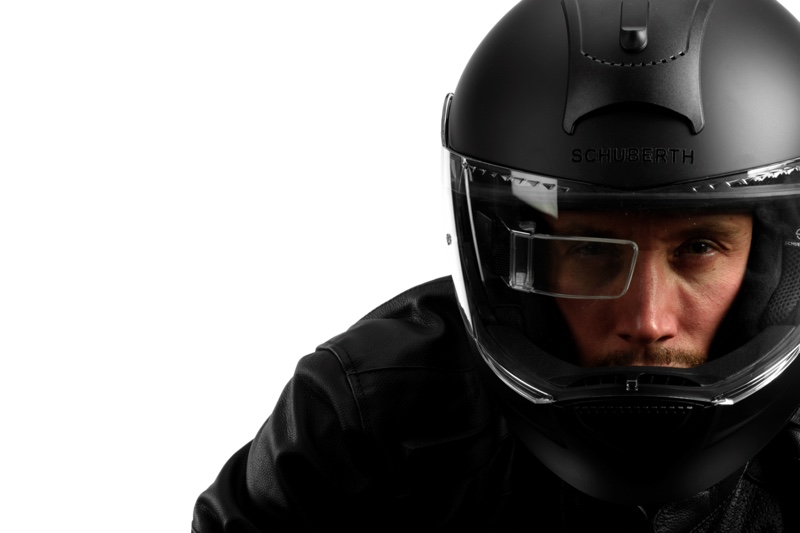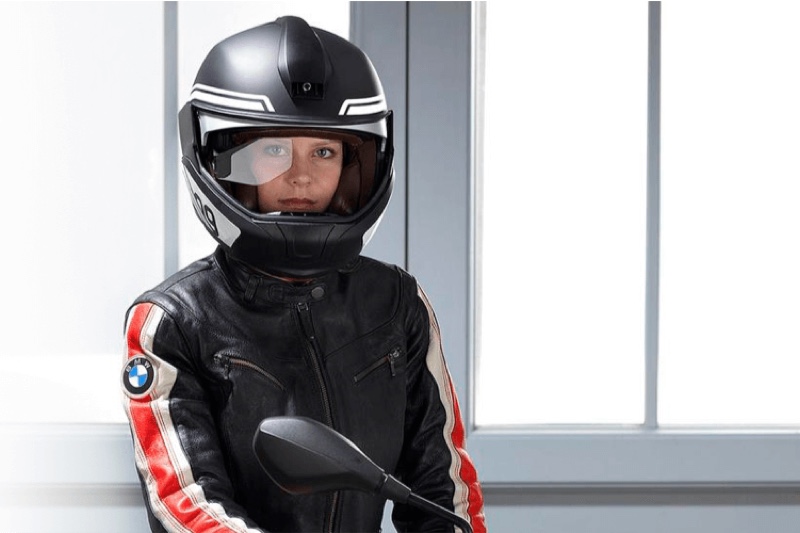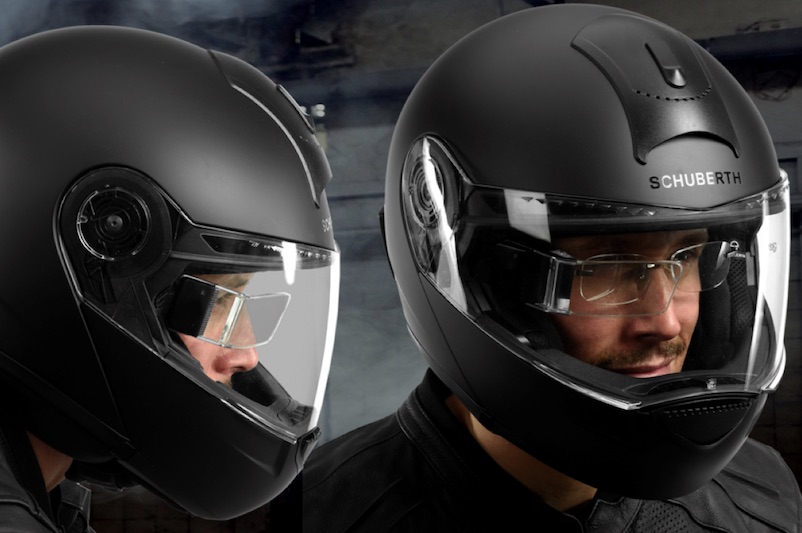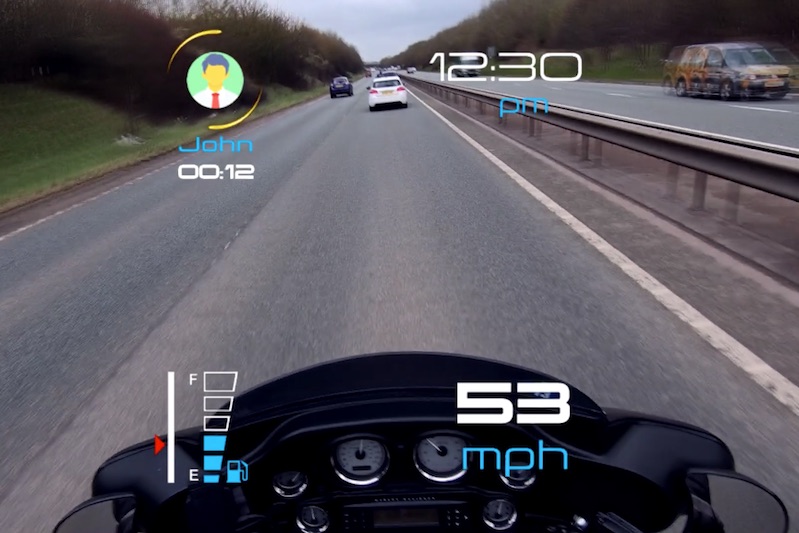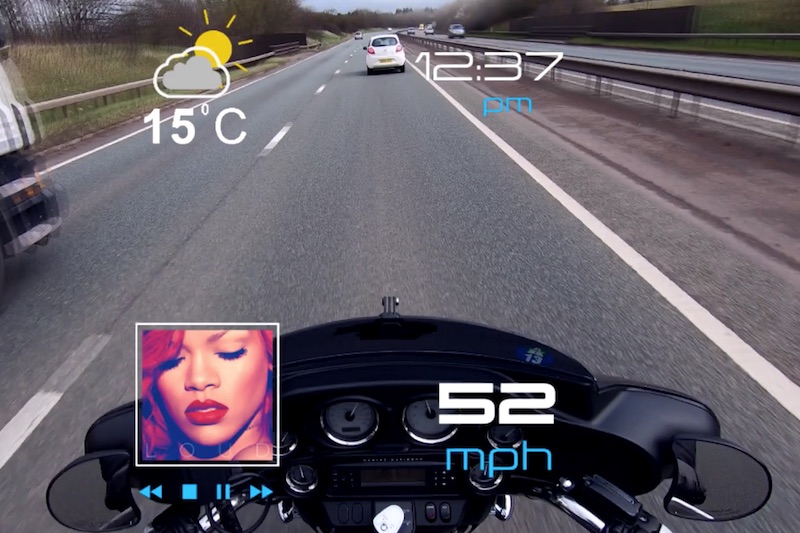Silicon Valley startup DigiLens says that it has taken a significant step forward in the production of its augmented reality (AR) display technology that could have a dramatic impact on future consumer products, including smart helmets. The company says that it has developed a new process for manufacturing its waveguide displays that will make them lighter and more affordable, paving the way for AR to eventually become more mainstream.
DigiLens’ MonoHUD display has been used in smart motorcycle and bike helmets for some time, providing riders with important data and metrics at a glance. The transparent screen can be attached to compatible helmets and doesn’t impede the user’s vision in any way. Instead, the device projects a head-up display in front of the rider with information like current speed, navigational cues, traffic alerts, and more. The MonoHUD is also being tested in augmented reality glasses for use in a variety of other activities, too, ranging from outdoor sports to multiplayer gaming to use in industrial settings.
The current MonoHUD display uses a three-layer system to create the images that it projects in front of the users, but DigiLens says that it has now perfected a two-layer model that offers the same level of performance, yet it is far less expensive to produce. That creates more opportunities for its partner companies, like Sena, which is already planning on rolling out the new MonoHUD version to its smart helmets. In theory, those helmets should become more affordable for consumers to adopt, too.
In a press release announcing the new MonoHUD display, DigiLens CEO Chris Pickett said, “The increased quality of the two-layer display and the reduction in manufacturing complexity is crucial for our customers.” He went on to add, “It lowers the production costs and allows them to get product to market quicker. We are already seeing several innovative use cases like motorcycle HUDs and are seeking developers to show us what’s next.”
The new MonoHUD also uses an inkjet coating process that will significantly improve contrast, making it possible for riders to have an unobstructed view of the road while also bright, crisp, and clear graphics are projected onto the screen in front of them. The display itself offers a 105-degree field-of-view, a 25-degree diagonal AR display field-of-view, and a maximum brightness of 8,000 nits. It also reportedly has a battery life of up to 8 hours between recharges.
The new version of the MonoHUD will be unveiled to industry partners at an event being held in Los Angeles later this week. DigiLens hopes that those partners will add the new display to their devices in the near future.

